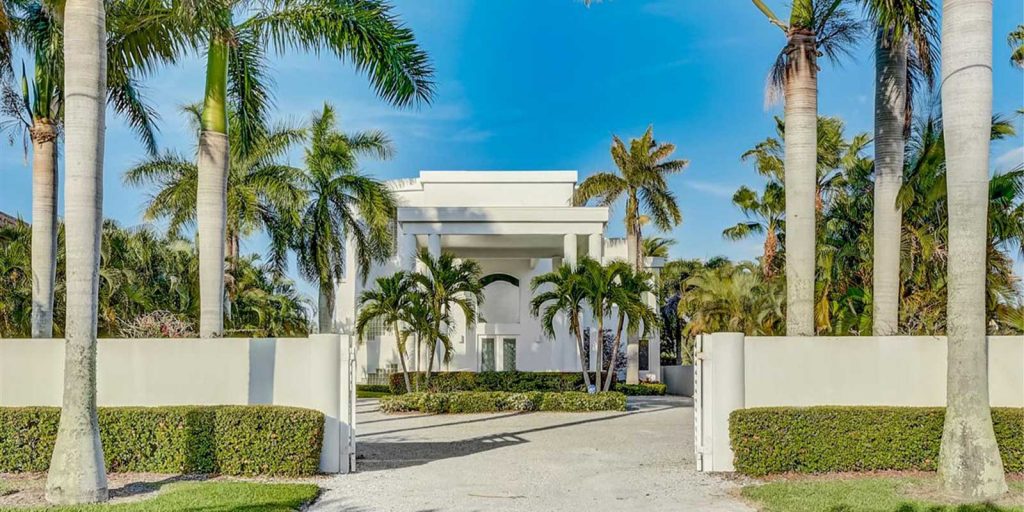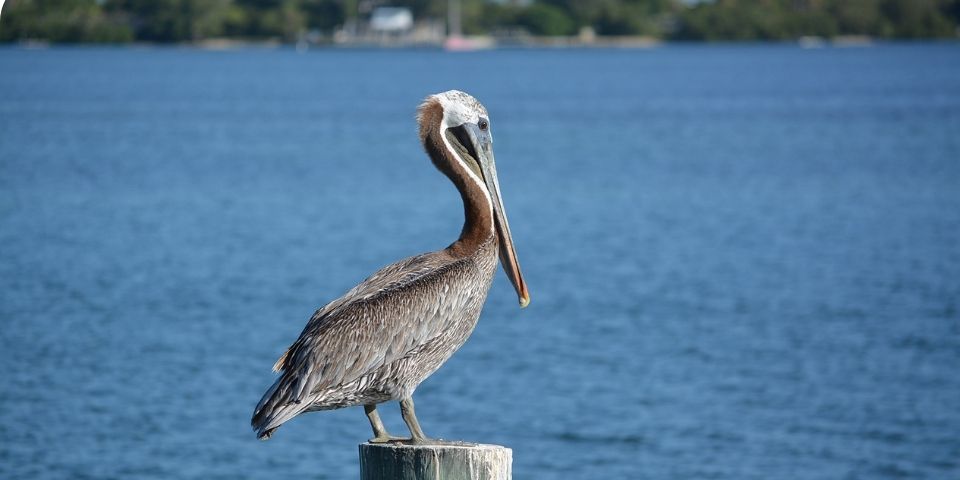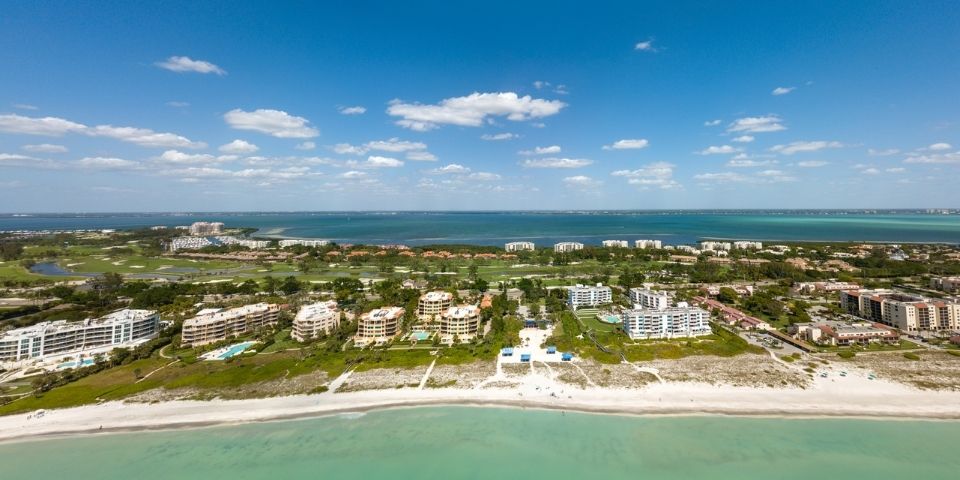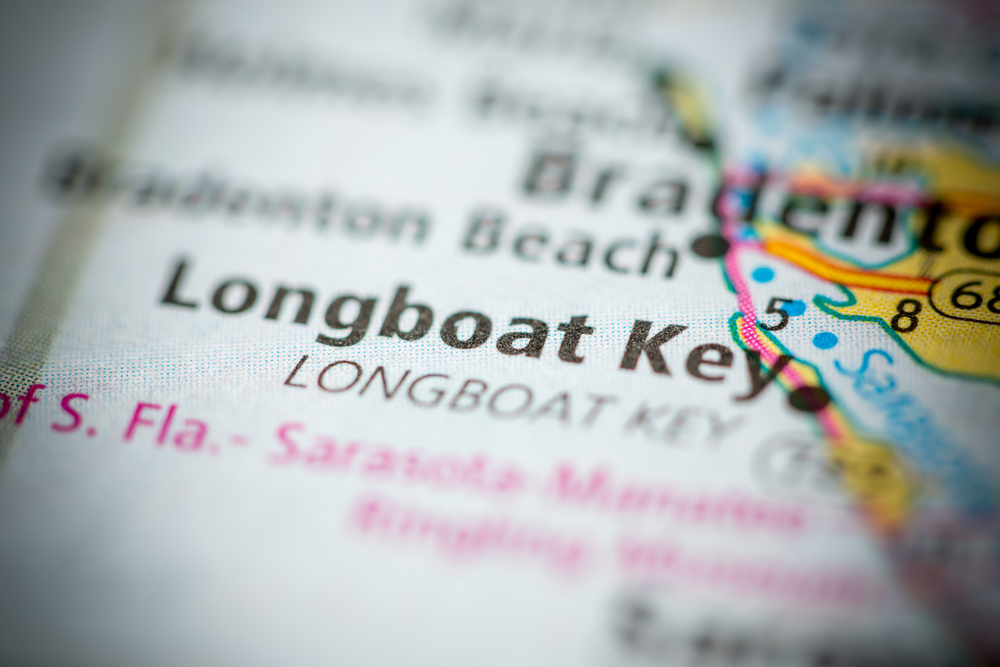We have curated a list of three historic neighborhoods in Longboat Key, Florida whose current day charm has deeply woven roots into the island’s past.
Legend says that Longboat Key gets its name from the longboats left by the Spaniards once they landed on the shores in 1538. According to this legend, explorer Juan Anasco, an advance scout for explorer Hernando de Soto, believed the Indians were hostile. This hostility would cause him and his crew to flee and abandon their longboats on the shore.
While Juan Anasco is said to be the first man to set foot on Longboat Key, he is not the first tourist. Some say that the Timucuan and Caloosa Indians would travel from the mainland for hundreds of years to come to the island to enjoy the beaches and abundant seafood delicacies. The discovery of shell middens provides detailed records that the Indians enjoyed picnics and fish.
Today, Longboat Key is nothing short of a serene tropical retreat. In addition to its beauty and reputation, the twelve-mile island boasts several historic neighborhoods rich in local history and architecture.
If you consider moving to this sought-after tropical destination, check out our guide on 15 Things to Know When Moving to Longboat Key. It provides helpful information on the pros and cons of living in the town of Longboat Key.
Longbeach Village

View Longbeach Village Homes for Sale
Longboat Key’s First Resident
Longboat Key did not get its first official resident until 1891 when Confederate veteran Thomas Mann received a grant as part of the Homestead Act of 1862. Mann acquired 44 acres and settled into the northern end of Longboat Key. He sold his land around the turn of the century for $500. Quite the deal!
During the early 1900s, settlers built homes on the north end of the Key in the neighborhood now called Longbeach Village. Some of these homes still stand today. One such historic home is now the popular Mar Vista restaurant.
Bombs Away!
During the 1940s, the northern tip of Longboat Key played a vital role during WWII. Due to its highly sparse population and ideal training weather, 200 acres at the north end of the Key was used as a bombing range to train fighter and bomber pilots in the Army Air Force. During this time, entry to the Island was closed off. Residents looking to head into Sarasota were forced to leave before 8 am and return after 5 pm.
What started as construction of a civilian airport under the Works Progress Administration (WPA), the current Sarasota-Bradenton International Airport (SRQ) was transformed as one of three landing strips in the area. It was used to launch the U.S. Army P-40s and P-51s fighter planes.
The Air Force would practice bombing runs over Longboat Key from different bases throughout the town. Powder-filled bombs created more of a visual spectacle than an explosion. Spectators could gauge the pilots’ accuracy with the flurry of smoke that the bombs made on impact.
Residents of these historic neighborhoods can find World War II artifacts to this day. Fifty caliber shell casings have been found on the beach. In 1985, a P-40 canopy washed up onto the shore. Contractors that sift through the sand during dredging and renourishment projects regularly find shell casings and rounds; even live rounds have been reported.
The Department of Defense has labeled the area a low-risk for hazardous rounds of ammo. A munitions cleansing project is scheduled for 2047.
Corey’s Landing

 View homes for sale in Corey’s Landing
View homes for sale in Corey’s Landing
By the early 1900s, an agricultural community with about 18 households formed the upper portion of the Island. The Mistletoe steamship transported visitors between the Island and the mainland. It also shipped produce from farmer Byron Corey’s dock, known as Corey’s Landing.
Unfortunately, a hurricane in October 1921 destroyed island farming activity and most existing homes on the Island. But the Island was able to rebuild over the next 30 years with families and businesses moving to Longboat Key.
Corey’s Landing is now an exclusive enclave of 61 luxury homes and villas where you can find streets named Mistletoe Lane and Byron Lane. It is one of several historic neighborhoods in Longboat Key.
Behind the Gates of Longboat Key Club

 View homes for sale near Longboat Key Club
View homes for sale near Longboat Key Club
Some Very Interesting History
The Longboat Key Club comes with an additional interesting history.
One of the most influential men in the area, John Ringling, made Longboat Key his home in the 1920s when he bought hundreds of acres on the Key’s south end.
To make his islands more attractive, Ringling decided to build a super deluxe hotel on the south end of Longboat Key. Ringling declared that it would be the “finest in the State of Florida” and would be called the Ritz-Carlton.
It is said that Ringling agreed to pay $5,000 per year for the use of the name. The hotel would consist of more than 200 rooms, dock facilities, and a rail line to bring passengers right to the hotel. In February of 1926, Ringling entered into a building contract with a swift scheduled completion date on or before December 15, 1926. He wanted the hotel built as fast as possible.
Work on the hotel began in March, but as the end of the year approached, the financial situation took a turn for the worst. The “land boom” of the past two years was coming to a close. When the booming economy finally stalled and the great depressions set in, the construction came to a halt as Ringling found himself short of cash. Some estimates state that as much as $650,000 was spent on the hotel.
The large, unfinished structure sat for years in the hot Florida sun, whirling it into a state of despair. Trees would eventually cover the skeletal building. Bats and owls inhabited the property along with occasional trespassers. Sadly, one curious intruder said to be a student fell to his death from a top floor elevator shaft.
The Ghost Hotel of Longboat Key
By 1963, the old Ritz-Carlton was called a “fortress.” Big Chief Salvage Company, the company hired to demolish the hotel, confirmed this when it started to tear it down. The brick walls were between 16 and 20 inches thick. The concrete, brick, tile and mortar had hardened for 40 years and the wrecking ball at the end of a 60-foot crane hardly made a dent in the walls.
Fun Fact:
In 2016, the construction of the Ritz Carlton Hotel in Longboat Key made its way into the scene of the American crime film, Live by Night, a movie that took place during prohibition in the roaring ’20s.
In 1964, the grand, abandoned structure was finally torn down, and the Longboat Key Club was built in its place, offering a country club lifestyle with 18 holes of golf.
By the early 1980s, the resort grew into a planned development of single-family homes and waterfront condos. Thus, Longboat Key Towers became the first condominium erected.
The first-class resort is still a worldwide attraction today. It offers various memberships, including tennis, golf, or a full membership. Initiation fees range from $25,000 – $50,000. Yearly membership fees range from $3325 – $9600.
Between the three historic neighborhoods, you will find homes and condos sure to please any buyer.


